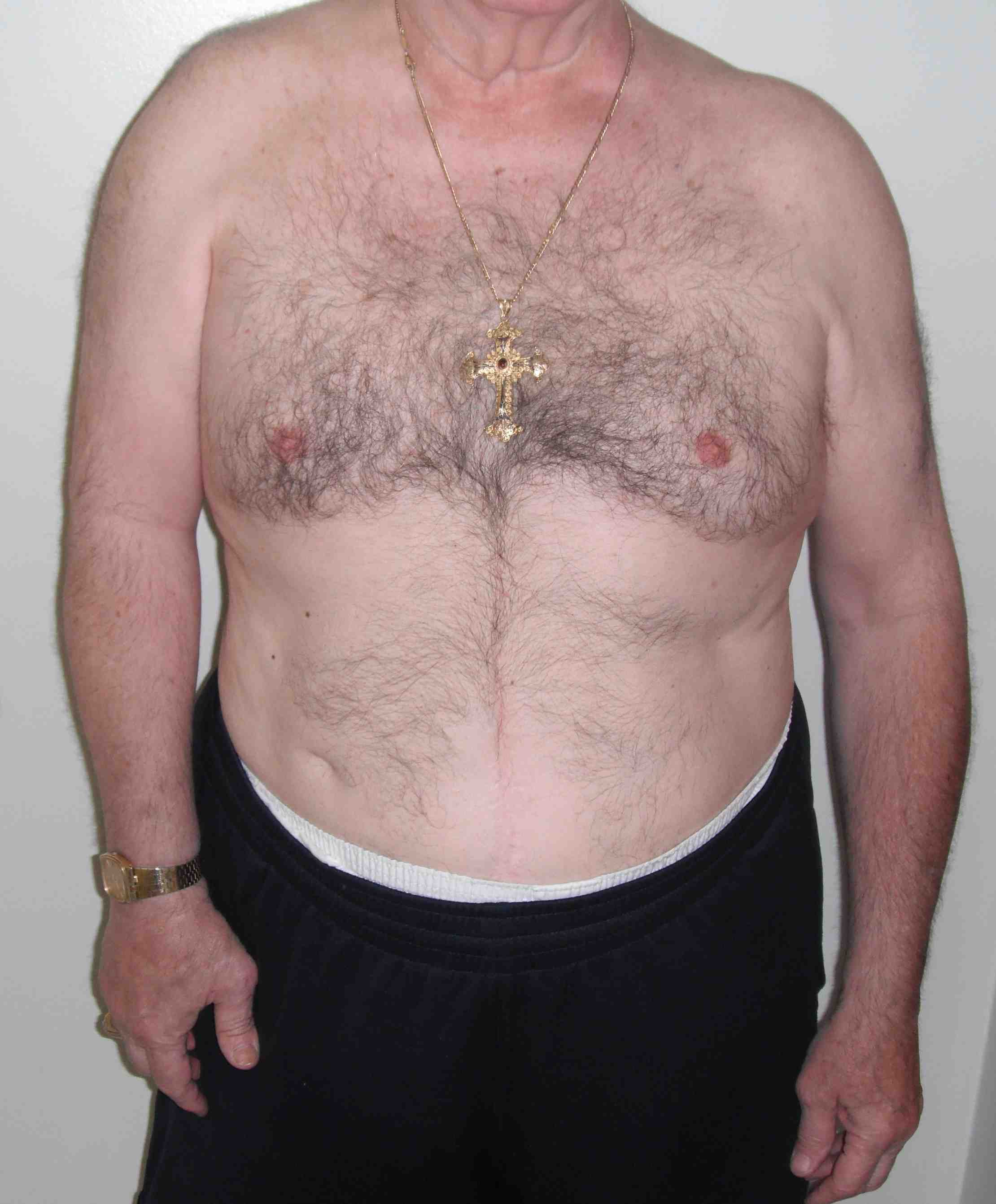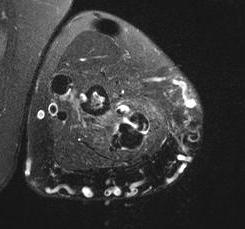Definition
Asymmetry between L and R side more than due to normal variation

Prevalence
Difficult to determine because no precise definition
Difficult to differentiate hemihypertrophy from normal variation
- enlargement soft tissues & bones also
Incidence
- 1/13 000 combined
- 1/86 000 non-syndromic
Non syndromic hemihypertrophy associated with 4% incidence tumours
Aetiology
Unknown
Non-syndromic is sporadic
Clinical Features
Rarely apparent at birth
- thicker skin, more hair, accelerated bone age on involved side
- ipsilateral paired organs increased in size also
Associations
Non-syndromic hemihypertrophy
Inguinal hernias
Genitourinary
- renal cysts
- cryptorchidism
- sponge kidney
- horseshoe kidney
Scoliosis
- non-structural
- compensatory to pelvic obliquity
Syndromic hemihypertrophy
Associated with cutaneous and vascular lesions
Classification
Total
- involvement of ipsilateral paired organs
Limited
- also divided as per extent of involvement
Classic hemi - UL & LL
Segmental - UL or LL
Facial - head and neck only
Crossed - opposite UL & LL
Diagnosis
Normal population may differ up to 1-2 cm in length and circumference
Rush and Steiner 1946
- 1000 US army recruits
- 23% equal leg lengths
- 77% 0.75 cm
- 15% > 1 cm
1cm difference
- in adolescent within normal
- in infant in pathological range (4.2%)
Hemiatrophy V's hemihypertrophy
Compare length of L and R tibia and femora with normal standards
Hemiatrophy
- no association with tumours
Non-syndromic hemihypertrophy / Beckwith-Weidermann syndrome
- are at increased risk for intraabdominal tumors
DDX of non-syndromic hemihypertrophy
1. Beckwith- Weidmann syndrome
2. NF
3. Klippel-Trenaunay-Weber syndrome
4. Proteus syndrome
5. Malignant tumours
6. Olliers
7. Fibrous dysplasia
8. Poliomyelitis
9. Spastic hemiplegia of CP
10. Russell-Silver synd (short, cafe-au-lait spots, clinodactaly, hemiATROPHY)
11. JCA or haemophilia (secondary to hyperaemia)
12. XRT
13. Conradi-Hunnerman (chondrodysplasia punctata)
(5 - 13 may have contra-lateral shortened limb)
50% of hemihypertrophy will have syndrome
Beckwith-Weidermann Syndrome
Features
Pre / postnatal overgrowth, birth weight > 90 %
- neonatal hypoglycaemia
- macroglossia
- hemihypertrophy occurs in 13%
Predisposition for embryonal tumors (Wilms)
Aetiology
Genetic abnormality Chr 11 p15
- near gene for IGF -II
- AD transmission but most sporadic
Management
Need abdominal US
BWS with hemihypertrophy c.f. BWS without hemihypertrophy
- risk embryonal tumour
- 27 V's 9%
Neurofibromatosis
NF1 may have overgrowth digit or limb
Klippel-Trenaunay-Weber
Characteristed by Hemihypertrophy + vascular malformations

Problems
- varicose veins
- port-wine nevi
- cutaneous and subcutaneous capillary haemangiomas
- cavernous haemangiomas
Proteus Syndrome
Name after Greek god who could change shape
Vascular + lymphatic malformations + lipomas
Features
- haemangiomas
- lipomas
- lymphangiomas
- macrocephaly
- hyperostosis skull
- overgrowth long bones
